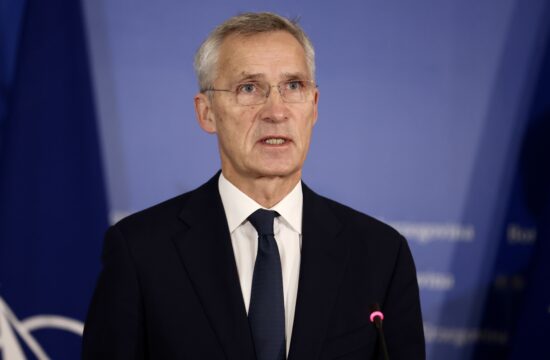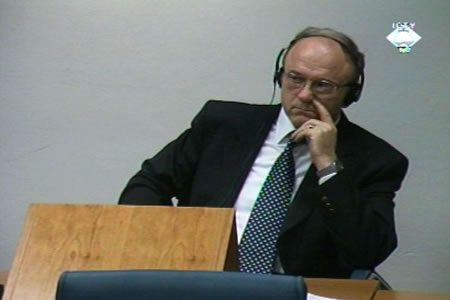In the night between April 4 and 5, 1992, the siege of Sarajevo began. It only ended on February 29. 1996 – four years later.
The town was blocked from the outside world for nearly four years. The infamous “Siege of Sarajevo”, which lasted 1425 days, marks one of the longest sieges in the history of modern warfare.
After the “Berlin Airlift”, this was the longest air strike in the history of world aviation. More than ten thousand planes have taken off and landed in the Sarajevo airport during this time, carrying humanitarian help and UN forces, and taking wounded citizens outside for medical help.
According to the UNHCR, the food supplies the airlift brought with it did not suffice to feed the hungry population of Bosnia. But it was the safest option. While convoys were stopped because of misunderstandings with the commanders on the field, battles or weather conditions, some 20 to 25 planes were landing at the Sarajevo airport daily – carrying ten tons of food per flight.
Ninety percent of Sarajevo's aid came by plane
Some 329 shells landed on the capital daily throughout the siege.
Sarajevo also has a peculiar record – a total of 3777 landed on the town in one day. It happened on July 22, 1993.The shells caused massive damage, especially to civilians and cultural and religious buildings. Even hospitals were bombarded.
About 120 mortars and 250 tanks of the Yugoslav National Army were stationed on the hills around the city. Those heavy weapons would later come into the hands of the Army of Republika Srpska.
One particularly infamous example of the siege is the massacre that took place at the Markale market place in February 1994.
The shells – which landed on a mass of people, killing 68 Sarajevans – were shot from Špicasta Stijena, a cliff overlooking the town.
Throughout the bloody siege, 12.000 people lost their lives – including 1.500 children. Meanwhile, 50.000 people were lightly or gravely wounded, Historija.ba states.



